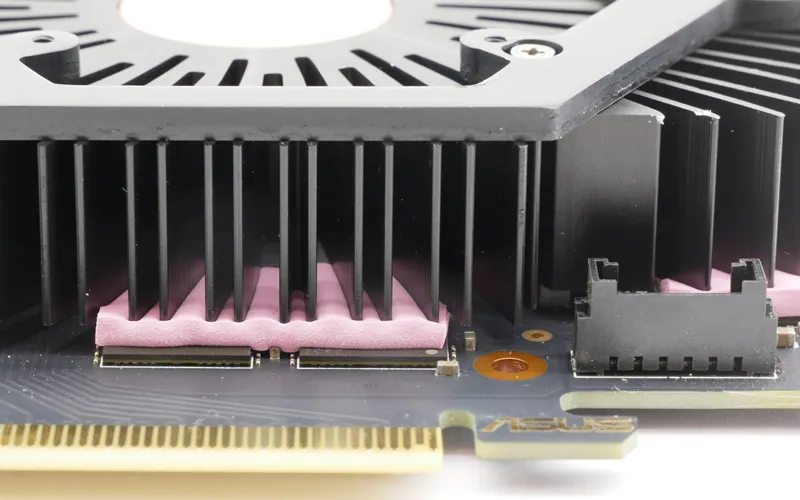How Thermal Pads Are Made?
- Posted on:2023-12-22 15:29:00
- Source:AOK Thermal Pad Manufacturer FAQs
Thermal pads are made through a manufacturing process that involves several steps. It's important to note that the specific manufacturing process for thermal pads may vary depending on the manufacturer and the desired properties of the final product. Advanced manufacturing techniques and quality control measures are often employed to ensure consistent performance and reliability of the thermal pads.
Material selection: The first step is to select the base material for the thermal pad. Common materials used include silicone elastomers or non-silicone polymers. The choice of material depends on factors such as thermal conductivity requirements, electrical insulation properties, flexibility, and cost.
Mixing and compounding: The chosen base material is mixed with various additives to achieve the desired properties. These additives can include thermally conductive fillers, such as metal oxides or ceramics, which enhance the thermal conductivity of the pad. Other additives may be included to improve flexibility, adhesion, or other specific characteristics.
Composition: Silicone pads are made of silicone elastomer filled with thermally conductive fillers, while non-silicone pads use materials other than silicone, such as thermally conductive polymers or phase change materials.
Mixing and blending: The base material and additives are mixed together in a controlled environment to ensure proper dispersion and uniformity of the additives throughout the material. This process can be done using specialized mixing equipment.
Sheet formation: The mixed material is then processed into a sheet form. This is typically done by using rolling mills or extrusion machines. The material is heated and passed through rollers or extruded through a die to achieve the desired thickness and width of the sheet. The sheet is then cooled and cut into appropriate lengths.
Surface treatment: Depending on the application requirements, the surface of the thermal pad may undergo treatment to improve adhesion or other properties. This can involve applying adhesive coatings or treatments to one or both sides of the pad.
Cutting and packaging: The thermal pad sheets are further processed into individual pads of specific sizes and shapes. This can be done through die-cutting or other cutting methods. The finished pads are then packaged into appropriate packaging materials, such as trays or bags, to protect them during storage and transportation.
If you would like to learn more about AOK performance thermal materials, please visit our website at www.aok-technologies.com


